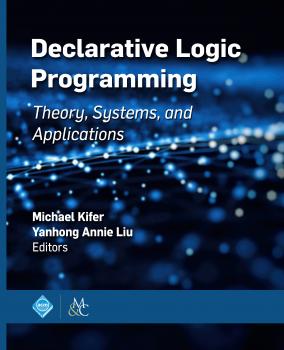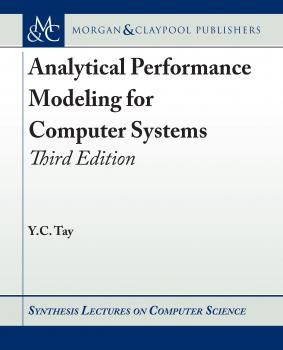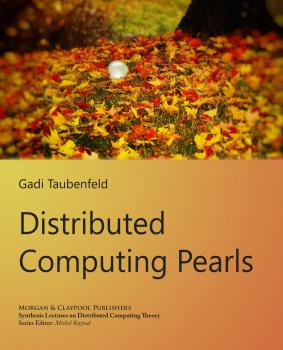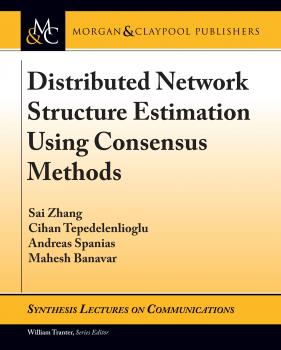Компьютеры: прочее
Различные книги в жанре Компьютеры: прочееDeclarative Logic Programming
The idea of this book grew out of a symposium that was held at Stony Brook in September 2012 in celebration of David S.Warren's fundamental contributions to Computer Science and the area of Logic Programming in particular. Logic Programming (LP) is at the nexus of Knowledge Representation, Artificial Intelligence, Mathematical Logic, Databases, and Programming Languages. It is fascinating and intellectually stimulating due to the fundamental interplay among theory, systems, and applications brought about by logic. Logic programs are more declarative in the sense that they strive to be logical specifications of «what» to do rather than «how» to do it, and thus they are high-level and easier to understand and maintain. Yet, without being given an actual algorithm, LP systems implement the logical specifications automatically. Several books cover the basics of LP but focus mostly on the Prolog language with its incomplete control strategy and non-logical features. At the same time, there is generally a lack of accessible yet comprehensive collections of articles covering the key aspects in declarative LP. These aspects include, among others, well-founded vs. stable model semantics for negation, constraints, object-oriented LP, updates, probabilistic LP, and evaluation methods, including top-down vs. bottom-up, and tabling. For systems, the situation is even less satisfactory, lacking accessible literature that can help train the new crop of developers, practitioners, and researchers. There are a few guides onWarren’s Abstract Machine (WAM), which underlies most implementations of Prolog, but very little exists on what is needed for constructing a state-of-the-art declarative LP inference engine. Contrast this with the literature on, say, Compilers, where one can first study a book on the general principles and algorithms and then dive in the particulars of a specific compiler. Such resources greatly facilitate the ability to start making meaningful contributions quickly. There is also a dearth of articles about systems that support truly declarative languages, especially those that tie into first-order logic, mathematical programming, and constraint solving. LP helps solve challenging problems in a wide range of application areas, but in-depth analysis of their connection with LP language abstractions and LP implementation methods is lacking. Also, rare are surveys of challenging application areas of LP, such as Bioinformatics, Natural Language Processing, Verification, and Planning. The goal of this book is to help fill in the previously mentioned void in the LP literature. It offers a number of overviews on key aspects of LP that are suitable for researchers and practitioners as well as graduate students. The following chapters in theory, systems, and applications of LP are included.
Distributed Computing Pearls
Computers and computer networks are one of the most incredible inventions of the 20th century, having an ever-expanding role in our daily lives by enabling complex human activities in areas such as entertainment, education, and commerce. One of the most challenging problems in computer science for the 21st century is to improve the design of distributed systems where computing devices have to work together as a team to achieve common goals. In this book, I have tried to gently introduce the general reader to some of the most fundamental issues and classical results of computer science underlying the design of algorithms for distributed systems, so that the reader can get a feel of the nature of this exciting and fascinating field called distributed computing. The book will appeal to the educated layperson and requires no computer-related background. I strongly suspect that also most computer knowledgeable readers will be able to learn something new.
Researching Serendipity in Digital Information Environments
Chance, luck, and good fortune are the usual go-to descriptors of serendipity, a phenomenon aptly often coupled with famous anecdotes of accidental discoveries in engineering and science in modern history such as penicillin, Teflon, and Post-it notes. Serendipity, however, is evident in many fields of research, in organizations, in everyday life—and there is more to it than luck implies. While the phenomenon is strongly associated with in person interactions with people, places, and things, most attention of late has focused on its preservation and facilitation within digital information environments. Serendipity's association with unexpected, positive user experiences and outcomes has spurred an interest in understanding both how current digital information environments support serendipity and how novel approaches may be developed to facilitate it. Research has sought to understand serendipity, how it is manifested in people's personality traits and behaviors, how it may be facilitated in digital information environments such as mobile applications, and its impacts on an individual, an organizational, and a wider level. Because serendipity is expressed and understood in different ways in different contexts, multiple methods have been used to study the phenomenon and evaluate digital information environments that may support it. This volume brings together different disciplinary perspectives and examines the motivations for studying serendipity, the various ways in which serendipity has been approached in the research, methodological approaches to build theory, and how it may be facilitated. Finally, a roadmap for serendipity research is drawn by integrating key points from this volume to produce a framework for the examination of serendipity in digital information environments.









